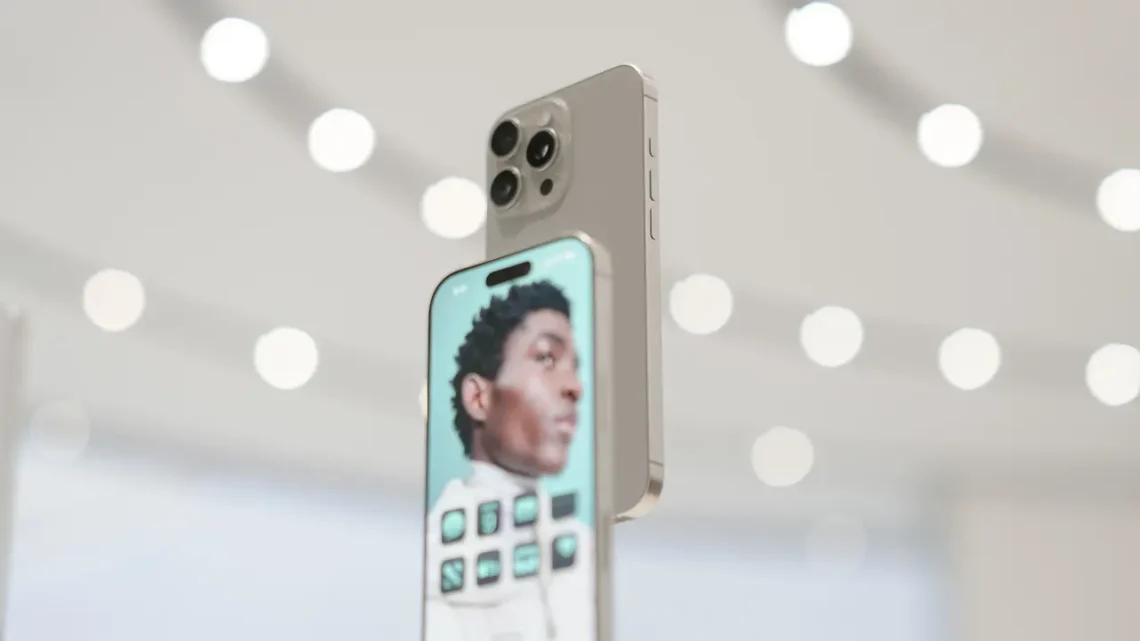
Android 16 vs iOS 19: Key Differences and User Experience
0 Posted By Kaptain KushThe debate over the best mobile OS rages on, with Android holding a commanding 70-72% global market share while iOS maintains its stronghold in premium segments and user loyalty.
As Android 16 rolls out its latest innovations and iOS 19 refines Apple’s ecosystem, the Android vs iOS comparison has never been more nuanced.
Trending Now!!:
- Windows 12 vs macOS Ventura: Feature Comparison and Which to Choose
- The Complete Guide to SEO Optimization for E-Commerce Sites
- Best Wireless Earbuds of 2025: Top Picks and Buying Advice
- iPhone 17 vs Samsung Galaxy S26: Which Flagship Wins?
- Montana Jordan’s Fiancee, Jenna Weeks Biography: Instagram, Height, Net Worth, Age,
Whether you’re pondering “Android vs iOS, which is better” for daily productivity, gaming, or privacy, this breakdown dives into the key differences between Android and iOS, focusing on how they shape your smartphone experience.
From performance tweaks to AI-driven personalization, we’ll explore what makes each platform stand out.
Performance and Speed
In the Android vs. iOS performance showdown, iOS 19 edges out Android for consistent, long-term efficiency.
Apple’s optimized hardware-software synergy shines with better RAM management and low-power AI tools that breathe new life into older iPhones, ensuring apps launch swiftly and animations feel buttery smooth even after years of use.
This makes iOS 19 a top pick for users seeking reliable speed without constant tweaks. Android 16, however, flexes its muscles in multitasking and gaming scenarios.
With an updated Android Runtime, quicker app launches, and intelligent background task management, it handles heavy loads, such as video editing or extended play sessions, with minimal stutter.
Features like the Adaptive Refresh Rate API optimize animations across diverse screens, from budget phones to high-end foldables, giving Android enthusiasts a versatile edge in dynamic workflows.
If you’re deep into mobile gaming, Android 16’s reduced touch latency and enhanced controller support could tip the scales in its favor.
Overall, iOS 19 wins for everyday polish, but Android 16’s adaptability makes it the go-to for power users debating iPhone vs Android performance.
User Interface and Customization
One of the most talked-about iOS vs Android pros and cons is customization, and Android 16 pulls ahead decisively.
Building on Material You, it introduces AI-powered theme engines that dynamically adapt colours and layouts to your wallpaper, alongside lock screen widgets for quick glances at weather or calendars.
Gesture controls feel more intuitive, and the redesigned Settings app uses expressive cards and coloured indicators for easier navigation.
This level of personalization lets Android users craft a truly unique interface, from tweaking fonts to experimenting with dynamic status bar icons that shift battery colours based on charge levels.
iOS 19 counters with understated elegance, drawing from VisionOS for a glass-like aesthetic with blurred, semi-transparent elements and rounded icons. The pill-shaped floating tab bar streamlines core app navigation, and animated transitions create a seamless flow that’s hard to beat for simplicity.
While it offers more lock-screen tweaks than before, iOS still prioritizes consistency over chaos, adhering to Apple’s Human Interface Guidelines to ensure a predictable experience across all devices.
For those asking “differences between Android and iOS UI,” Android 16 rewards tinkerers with boundless options, while iOS 19 delivers a cohesive, low-learning-curve vibe that feels effortlessly modern.
Privacy and Security
Privacy remains a cornerstone in any Android vs iOS 2025 analysis, and iOS 19 fortifies Apple’s reputation as the more secure choice. On-device AI processing minimizes data leaks, while App Tracking Transparency and regular updates across even legacy devices keep threats at bay.
New additions like Stealth Mode hide apps behind Face ID, Secure Folders encrypt sensitive photos, and Hide Notifications mask message previews—giving users granular control without compromising usability.
Android 16 steps up with real-time fraud detection in Messages and Phone apps, plus the Privacy Sandbox for anonymized tracking signals. Features like Key Verifier authenticate contacts via encryption to thwart spoofing, and Private Space isolates secure apps.
However, update timelines vary by manufacturer, leaving some devices vulnerable for longer.
In the iOS vs Android security debate, iOS 19’s ecosystem-wide consistency builds greater trust, especially for privacy-conscious folks. Android shines in customizable permissions but requires vigilant users to stay protected.
AI Features
The iOS 19 update and the new Android 16 features both lean heavily on AI, but their approaches diverge. iOS 19’s Apple Intelligence powers Siri 2.0 with context-aware queries—think scheduling events by scanning emails or grouping memories in Photos via natural language.
On-device processing ensures speed and privacy, extending to health insights in the Health app and web summaries in Safari.
Android 16 swaps Google Assistant for Gemini, enabling real-time conversations across apps like resuming podcasts based on location. Gemini Live handles complex tasks—from email summaries to Wear OS integrations—with on-device machine learning for proactive suggestions.
It’s particularly strong for cross-device continuity, like seamless media transfers to Chromebooks or smart TVs.Both elevate the best mobile OS conversation with intuitive smarts, but iOS 19 feels more polished for Apple loyalists, while Android 16’s experimental edge appeals to innovators.
Camera and Multimedia
When comparing Android 16 vs iOS 19 camera capabilities, it’s often a tie, with hardware often determining the outcome.
Android 16 advances computational photography with AI scene detection for stunning low-light videos, especially on Pixel devices, paired with HDR screenshot support for creators.
iOS 19’s revamped Camera app introduces unique editing tools and Spatial Audio enhancements for immersive playback, leveraging Apple’s video prowess.
User experience-wise, iOS edges multimedia with ecosystem perks like AirDrop sharing, while Android’s versatility suits diverse setups. For photography enthusiasts, the iPhone vs Android camera verdict still boils down to your device choice.
Ecosystem and Integration
iOS 19 excels in seamless integration, with Universal Clipboard, Handoff, and Universal Control letting you drag files across iPhone, iPad, Mac, and even Vision Pro effortlessly.
This closed-loop harmony fosters loyalty, making daily tasks feel magical. Android 16 embraces openness, tying into Chromebooks, Wear OS, Google TV, and smart homes via Nearby Share for fluid cross-device experiences.
It’s ideal for mixed ecosystems but can feel fragmented compared to Apple’s unity. In the Android vs iOS ecosystem battle, iOS 19 wins for devoted Apple users, while Android 16 offers freedom for the eclectic crowd.
Battery Life and Optimization
Both platforms prioritize efficiency, but Android 16’s intelligent task management and Game Mode optimize power consumption during intensive use, extending playtime across a range of hardware.
iOS 19’s low-power AI and refined animations squeeze more from batteries, particularly on aging devices. Neither dominates outright, but Android’s hardware flexibility gives it a slight nod for gamers debating battery life in the iOS vs Android pros and cons.
Conclusion
The Android 16 vs iOS 19 comparison reveals no clear “best smartphone OS”—it hinges on your priorities. Crave simplicity, ironclad privacy, and flawless integration? iOS 19 is your match.
Prefer customization, gaming prowess, and broad compatibility? Android 16 delivers the goods.
As the smartphone landscape evolves, these key differences between Android and iOS continue to define user experiences, ensuring the timeless tech debate stays as vibrant as ever.
What’s your pick in this showdown?

